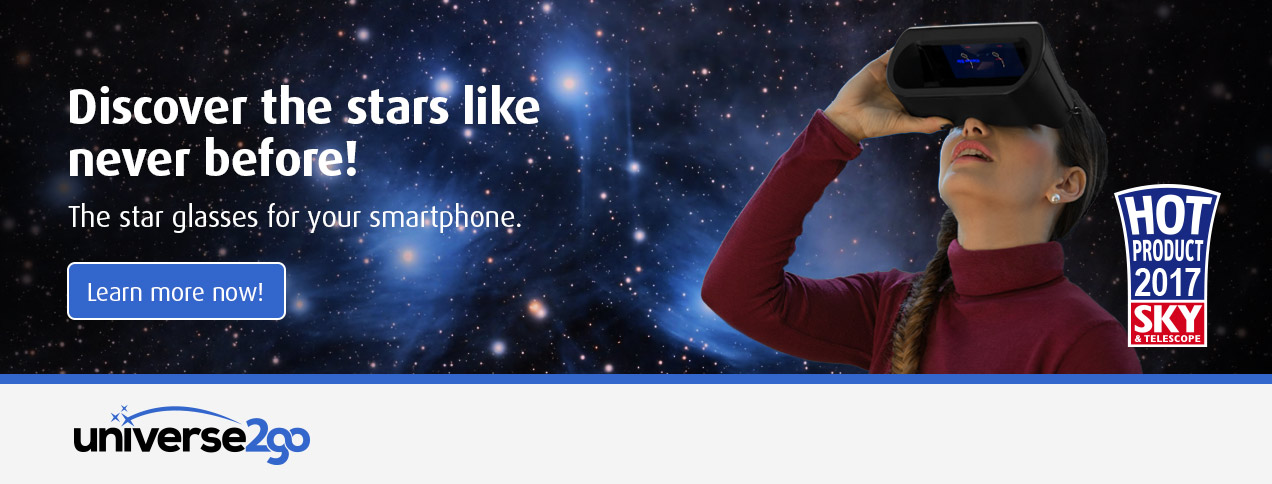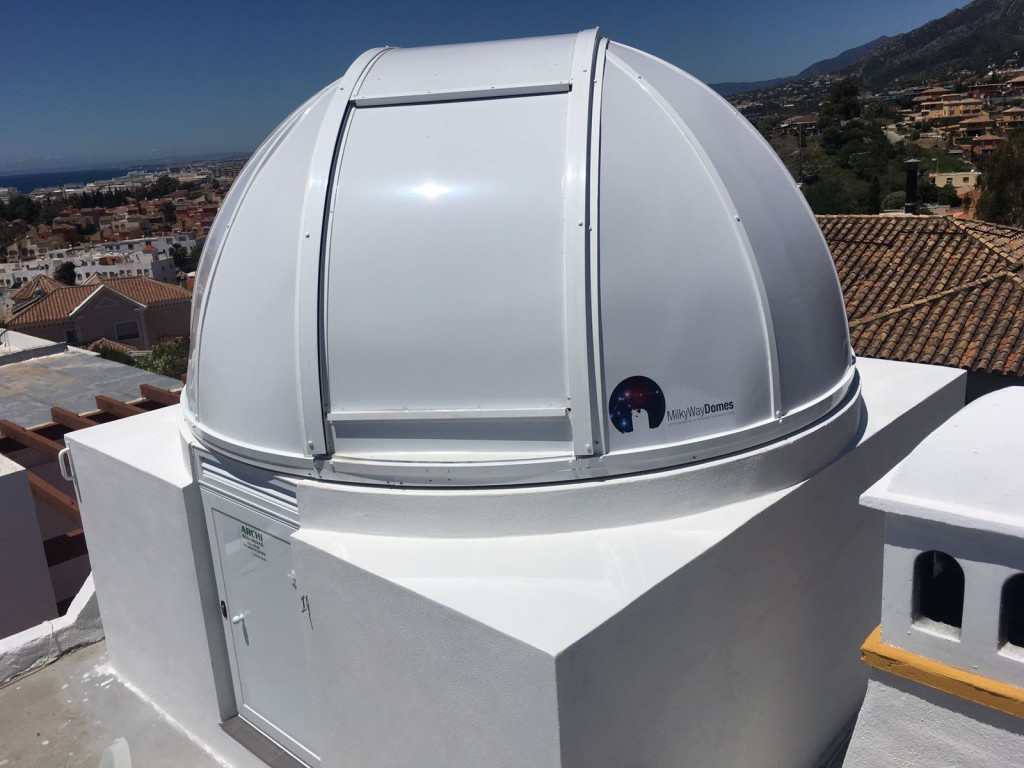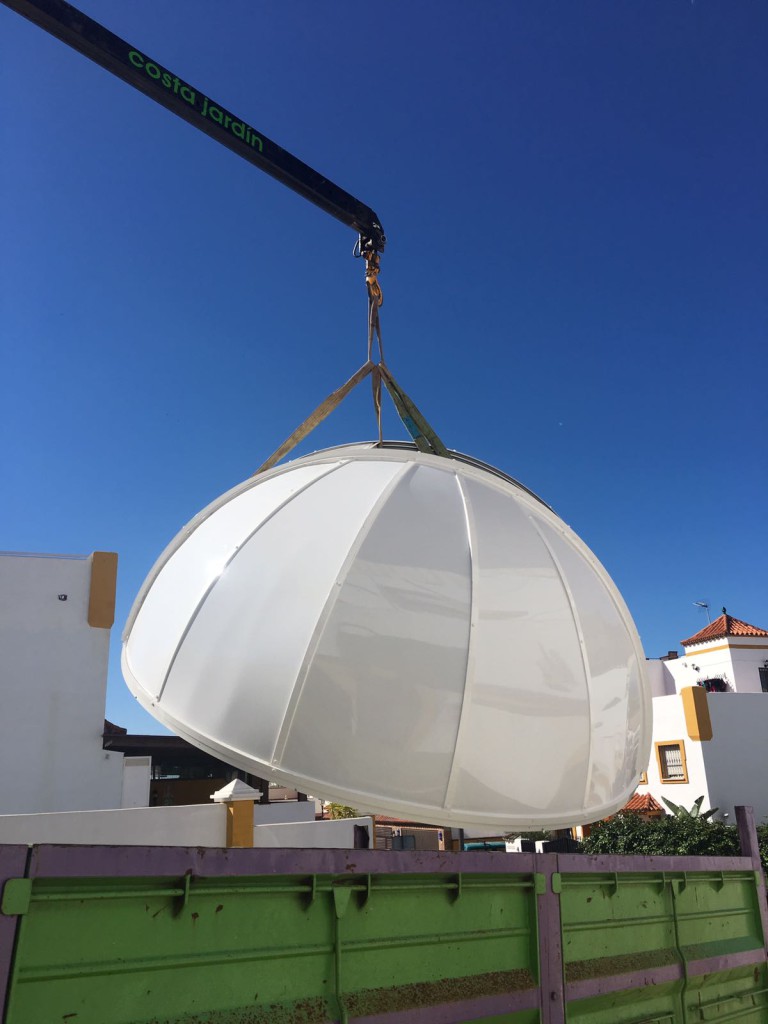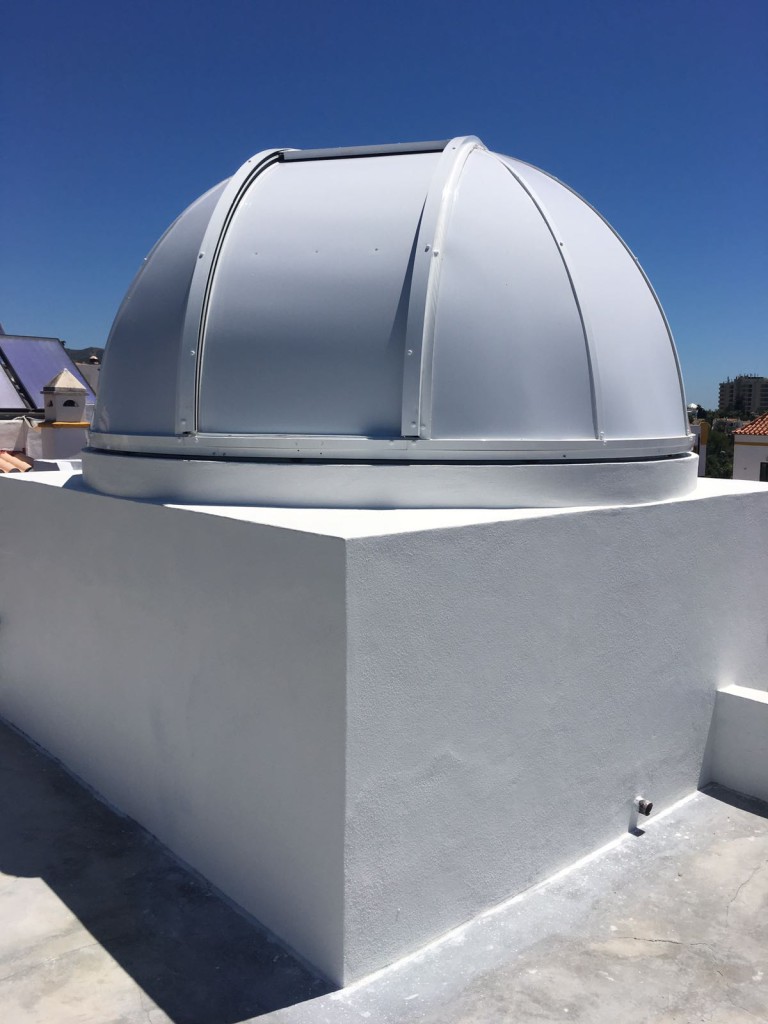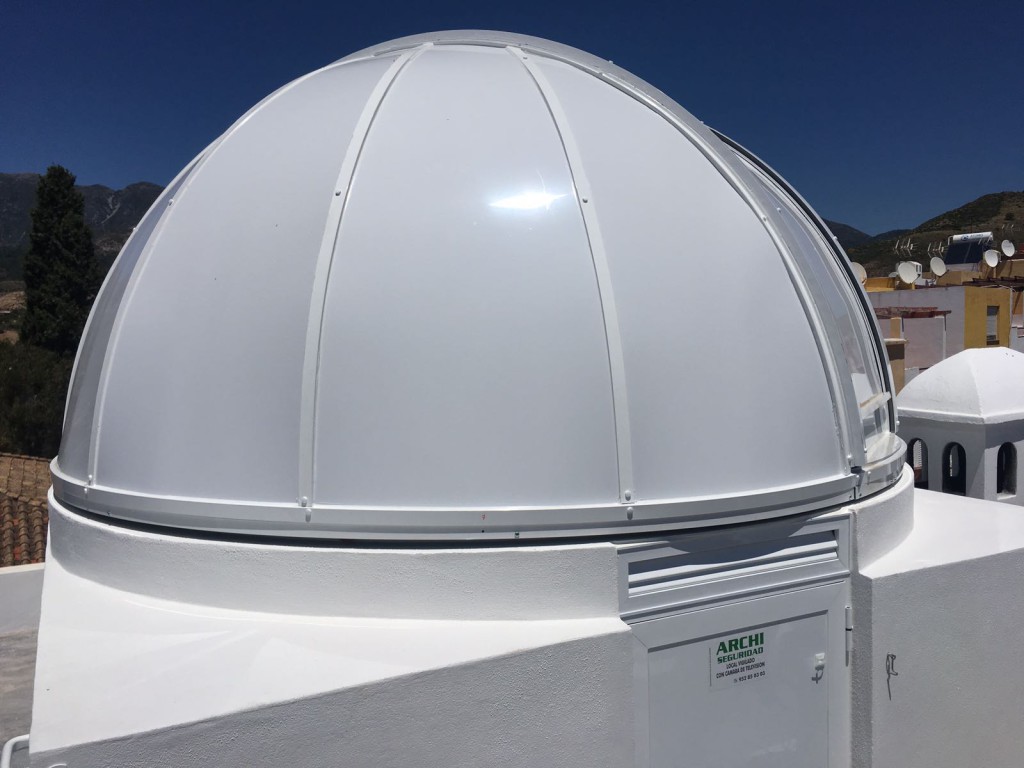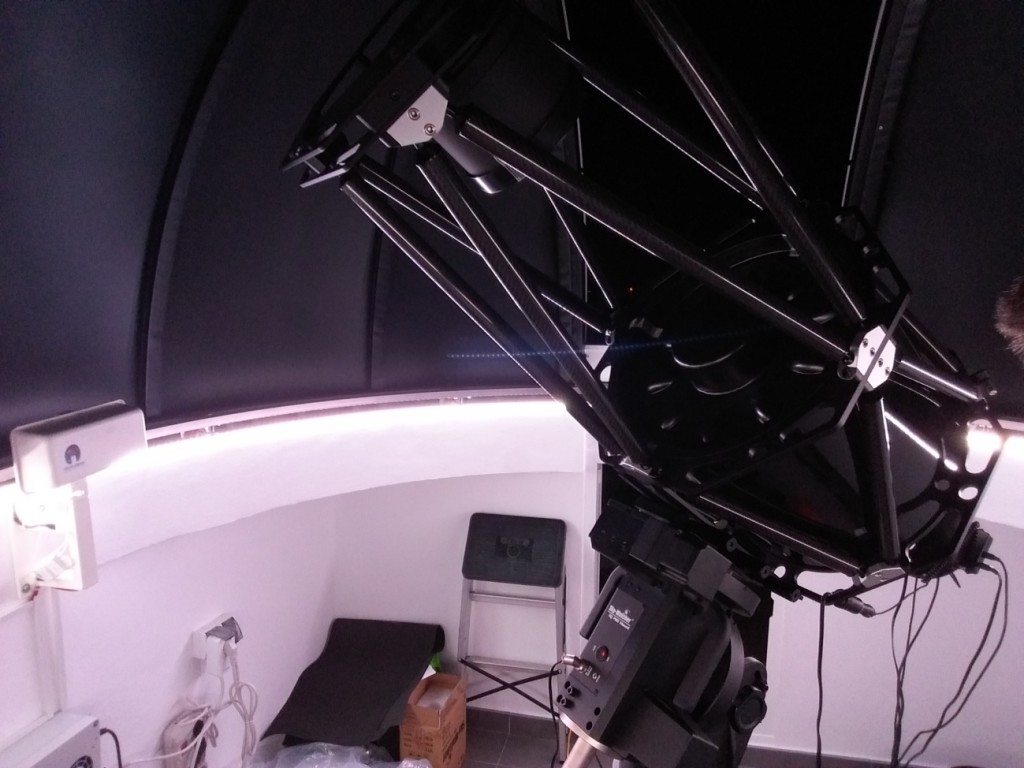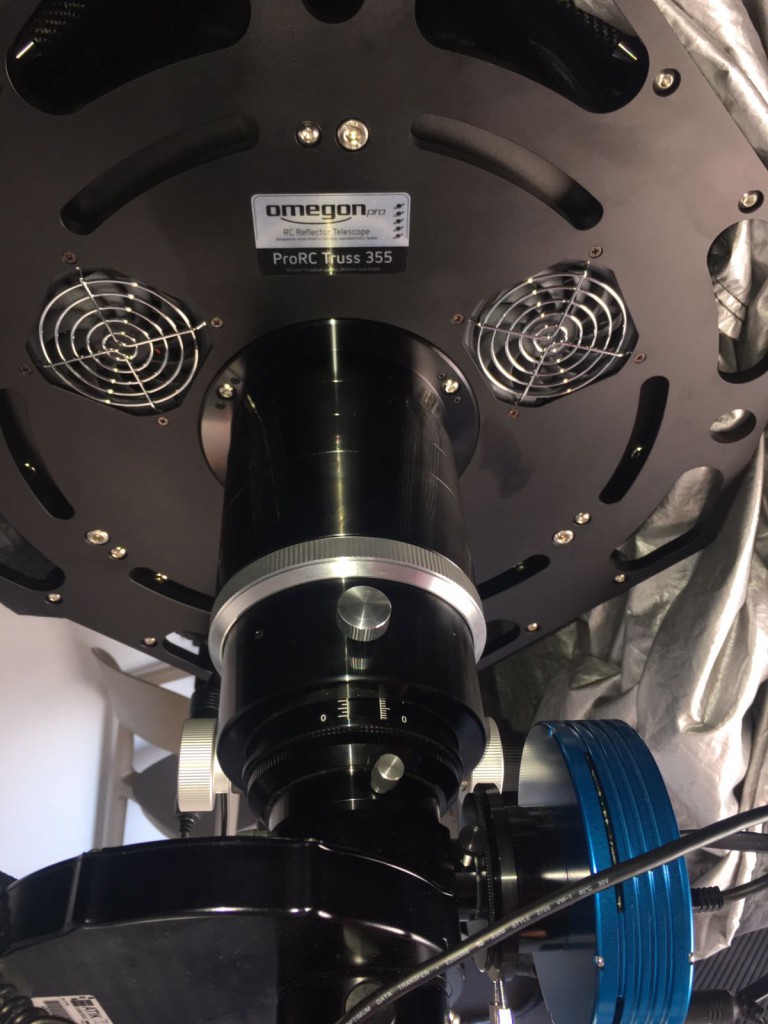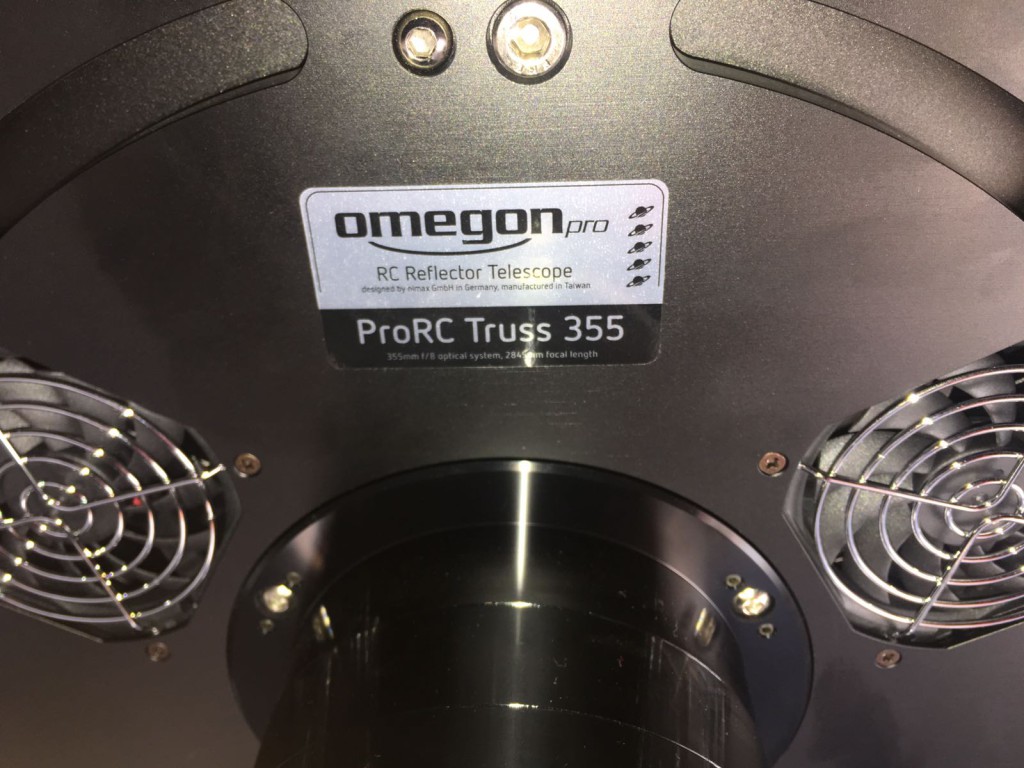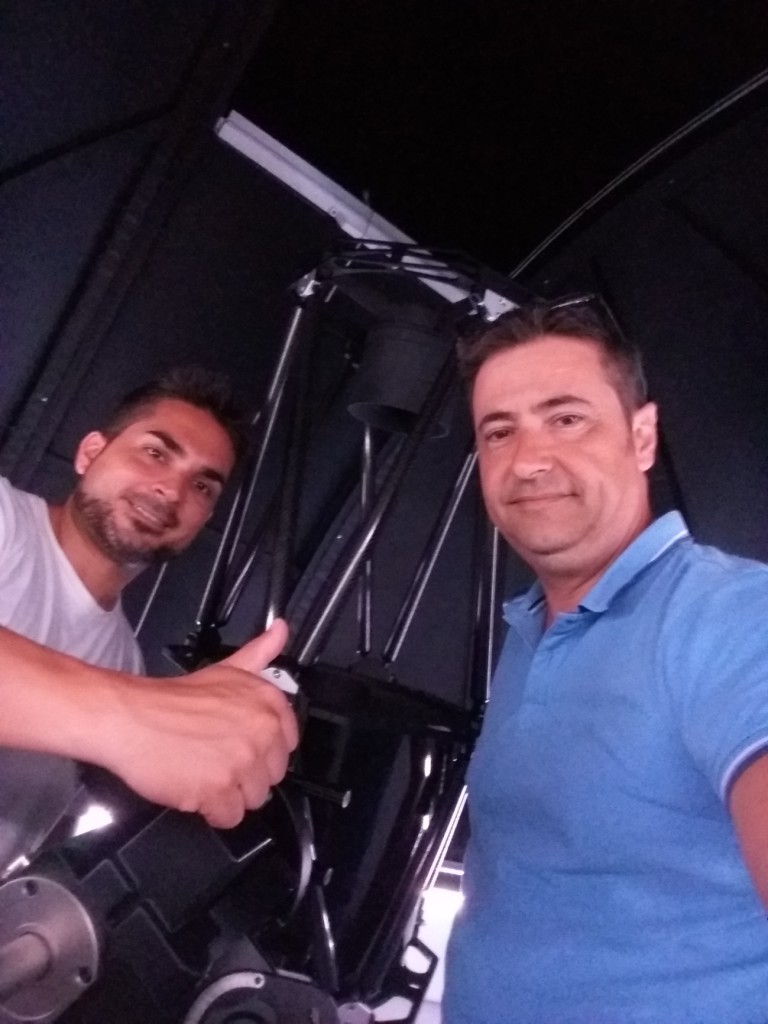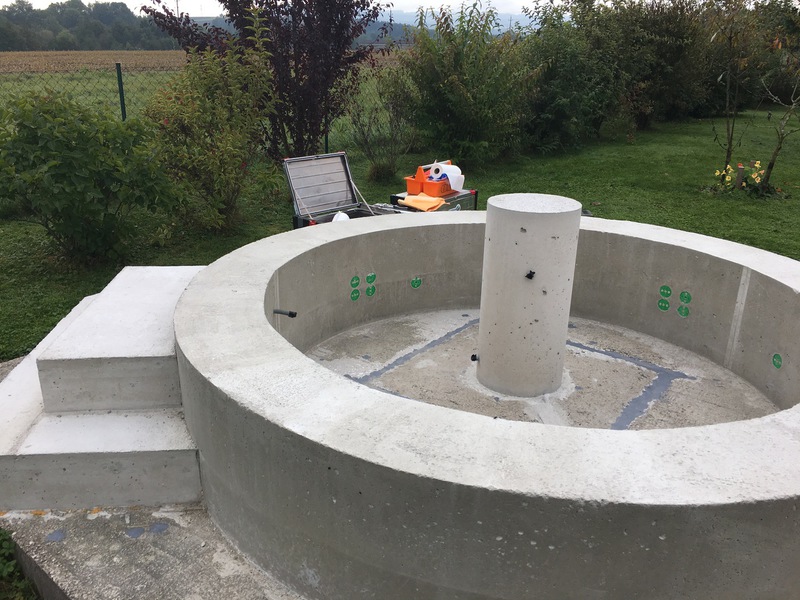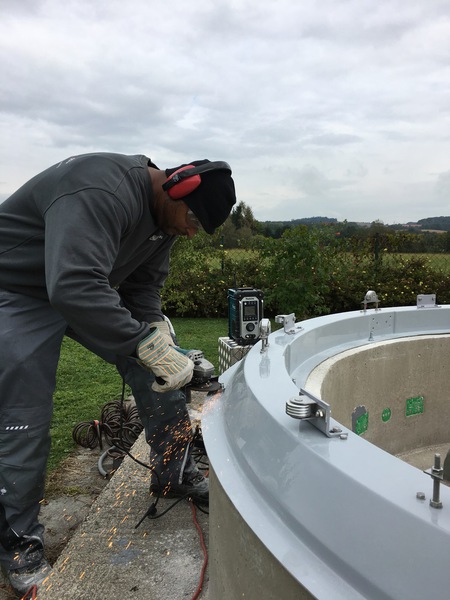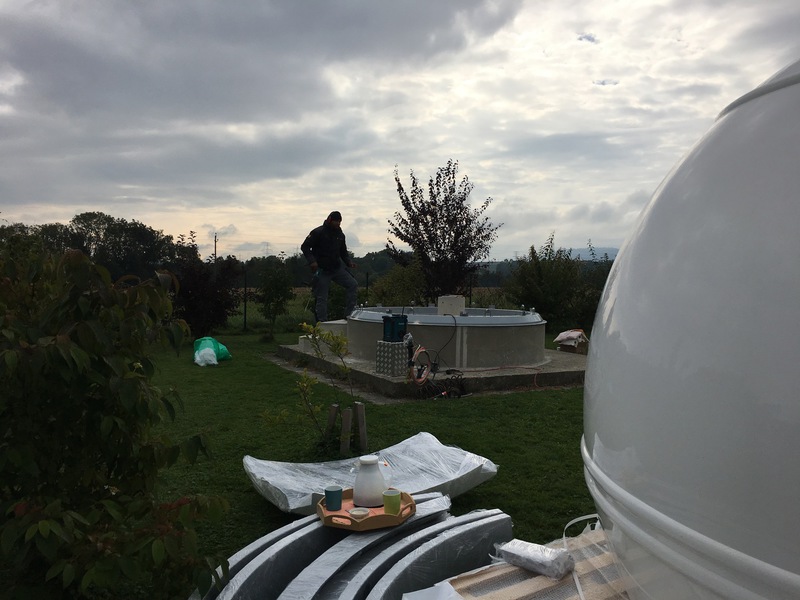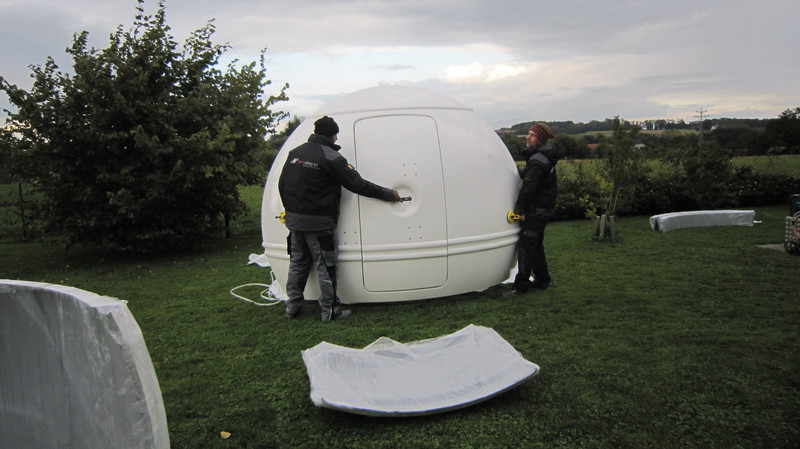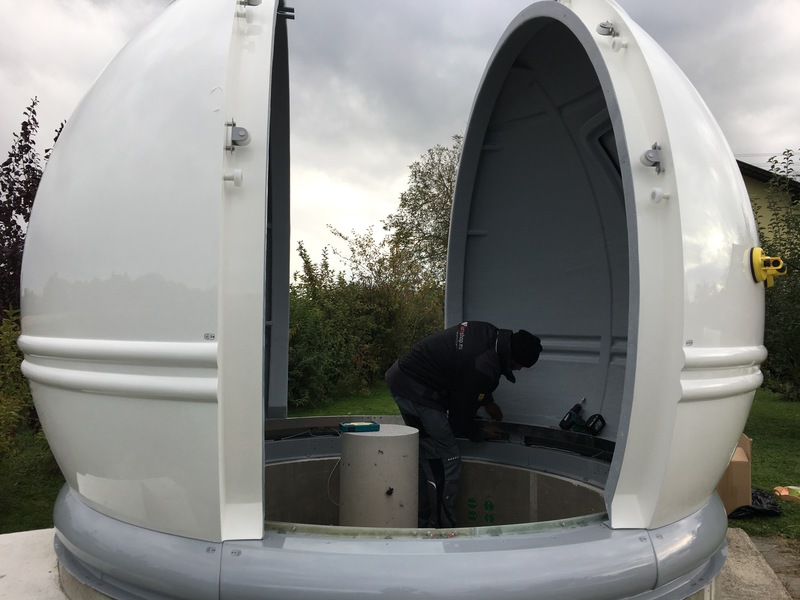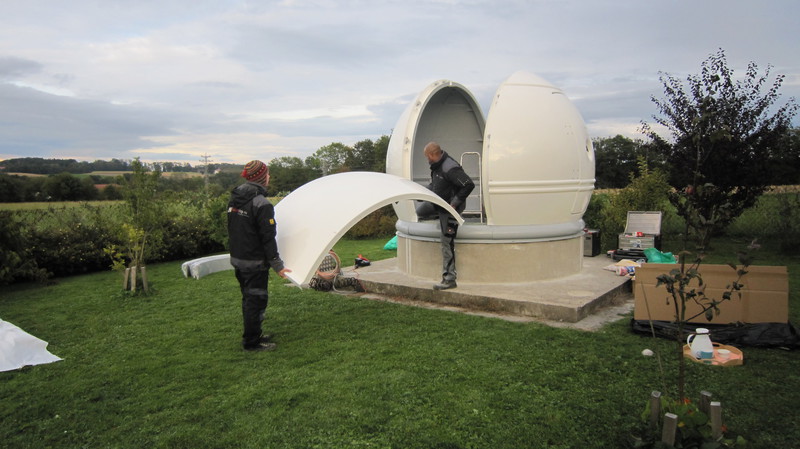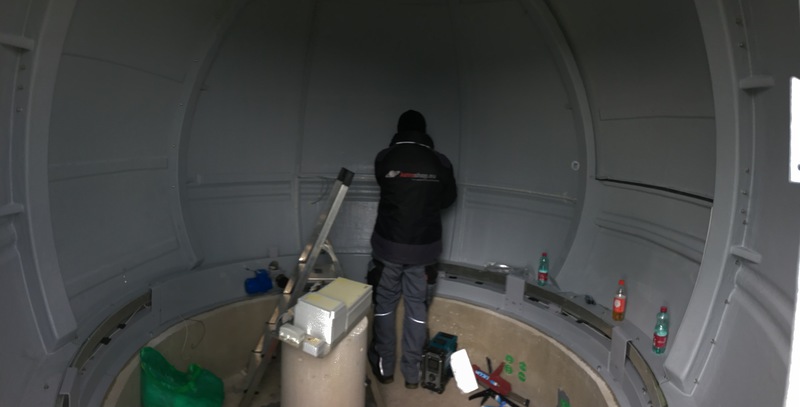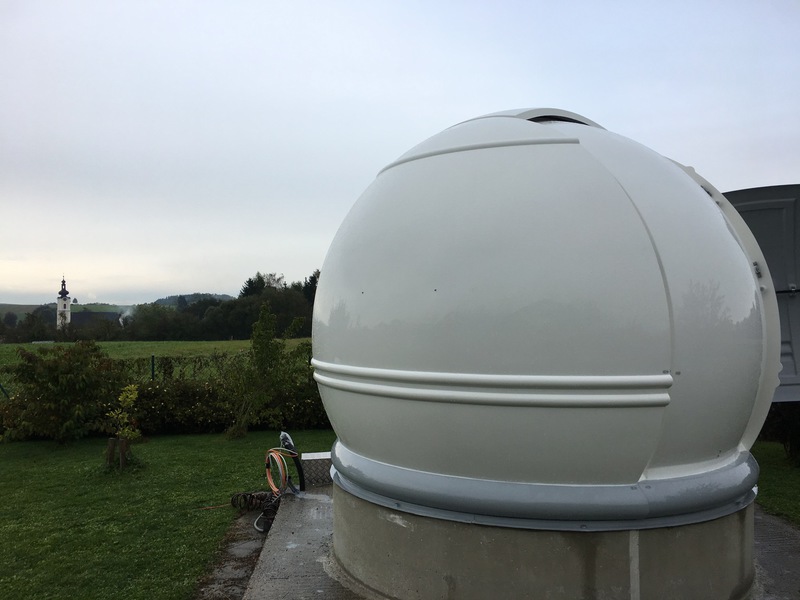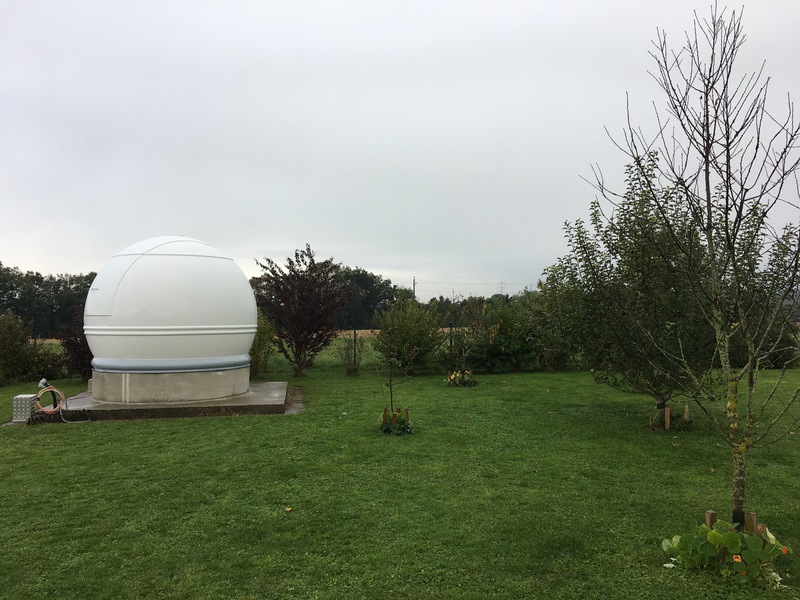In order to refresh our expert knowledge, we occasionally get up early in the morning: The plane to Hamburg took off at 6 o’clock already, from there we travelled to Schleswig-Holstein. Leica had invited us to comprehensively check and compare their range of binoculars and spotting scopes over a period of two days. For this purpose, we travelled to the Kaltinger Watt. During a walk through the tidal flat and intensive watching out of the sheds of the NABU station, we were able to put the Leica binoculars and spotting scopes extensively to the test.
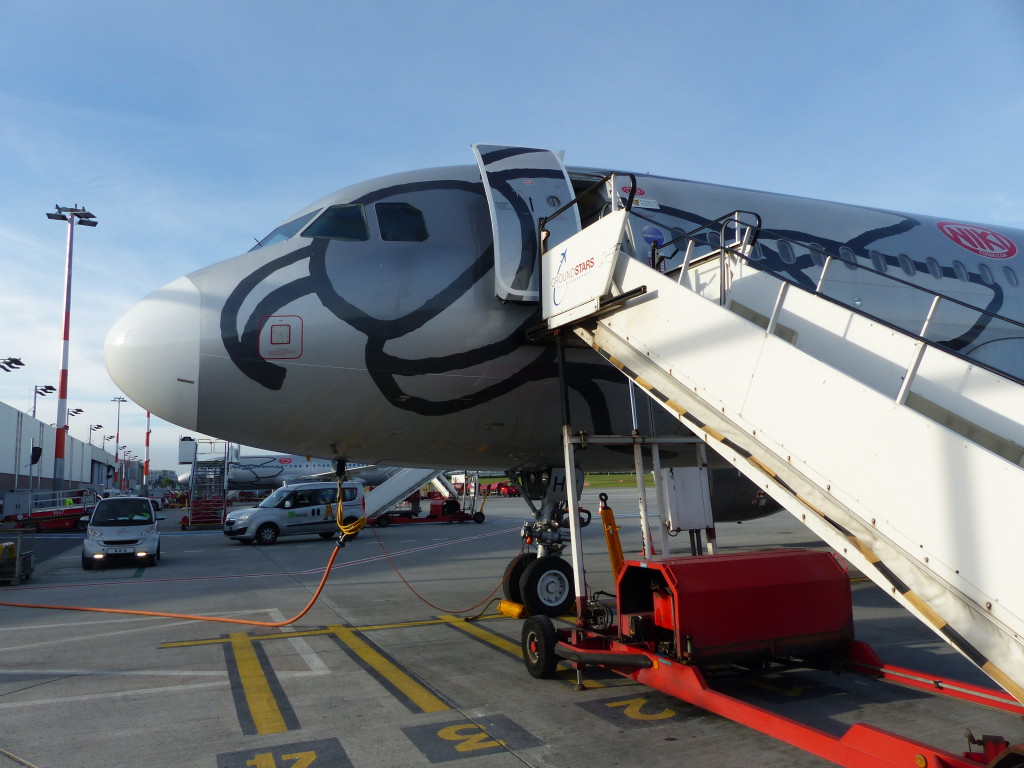
During a delicious supper in a sociable group of people with dealer colleagues and Leica employees we explained which product developments the market is looking for. Let’s see, whether the one or the other idea will find its way into the product development.
On the second day, a theoretical part first explained, what a Leica product is characterised by. Leica describes this as the “Leica-DNA”: A specification profile that any product in the Leica portfolio must attain in order to make it from development to production.
The Leica DNA includes:
- Compared with other premium products in their class, Leica products should have the best balanced transmission curve in the visible wave range of the light. This ensures excellent contrast and outstanding colour neutrality.
- Besides the optics Leica also places high demands on the mechanics and the robustness of the housing. All models must pass some tests, both during the development phase and, at random, during ongoing production. As an example, Leica binoculars must withstand temperatures from 40 to 85 degrees over hours, i.e. they must work correctly immediately after. They must also withstand sudden shocks.
- Leica products should always be the most compact binoculars of their class, but still highly ergonomic. For this purpose, Leica tries to balance the weight perfectly in comparison to their competitors, so that tipping the binoculars does not always need to be prevented by hand.
- All Leica binoculars and spotting scopes are made for everyday use!
The following series of binoculars are currently in the Leica product range:
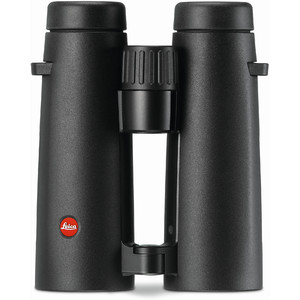
Leica Noctivid: This is currently the non-plus-ultra in binoculars for nature and bird watchers. Due to the extremely short close range of approx. 1.5 metres, it is most suitable for watching insects and crayfish as well as plants. Among the premium binoculars from European production, it currently offers the biggest field of view of its class and has – as preferred by many nature observers – an open bridge. Moreover, this instrument is characterised by a very plastic representation, which gives the impression of a very high focal depth.
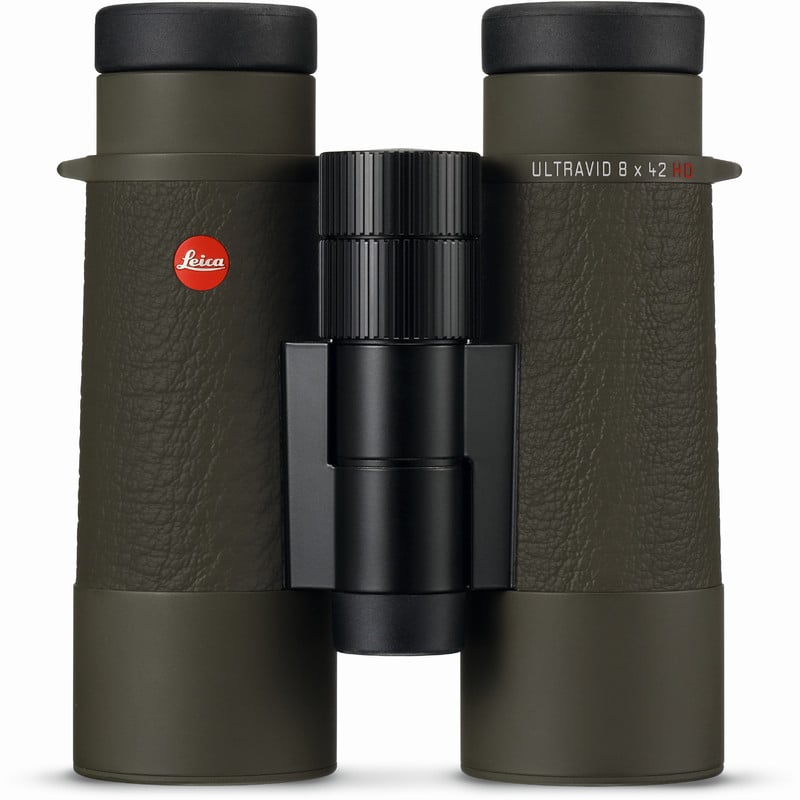
Leica Ultravid HD-Plus: The Ultravid HD-Plus is the successor of the legendary Ultravid HD and the Ultravid models. At present, it is still one of the most compact binoculars for discerning customers. This model has not been changed from outside, but the newly developed coatings have been adapted to the SCHOTT-HT-Glass that is now used. This allowed for a further improvement of colour purity, contrast and transmission.
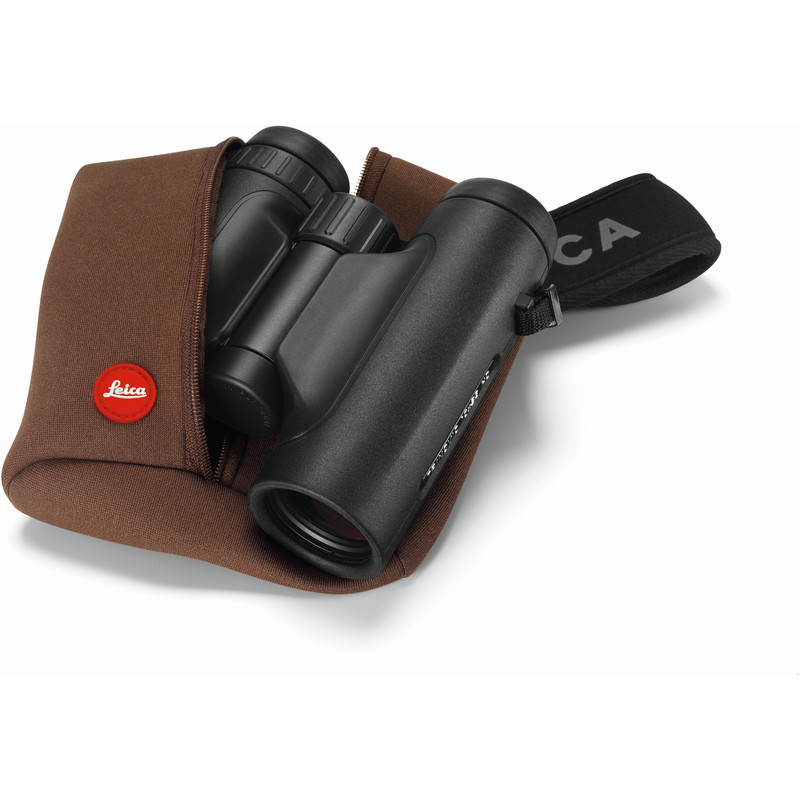
Leica Trinovid HD: Leica binoculars have been available under the name Trinovid already since 1963. This model designation is therefore very popular and known by many nature observers. Even today one can see models from the 60s and 70s hanging around the neck of some nature observers. In the meantime, so-called HD glass is also used for the most current version of the Trinovid HD series. This increases the contrast range and reduces colour fringes, leaving you with a much clearer and sharper image. As a measure to slightly reduce the production costs, this binoculars model is produced in their own factory in Portugal. The quality and manufacturing standards are obviously the same as in their factory in Wetzlar. The Trinovid HD series addresses users, who would rather keep an eye on their money, when it comes to judging between costs and the last percent of what is optically possible.
Leica pocket binoculars: Even with the pocket binoculars there is a differentiation between Ultravid and Trinovid. The Ultravid has a shorter close range, a slightly better image performance and, apart from that, is nitrogen filled and thus watertight and protected against steaming up from inside. The Trinovid is a classic, which, in its present form, has been available since the 90s. But still excellent and, above all, compact binoculars.

More interesting for hunters is the Geovid series with integrated rangefinder. Moreover, for customers looking for something special, there are various models or edition models.
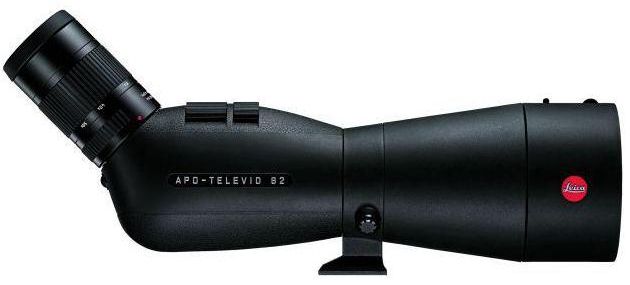
In case of spotting scopes the selection is more limited. Here there is only one series “APO Televid” which is available with various aperture diameters and always with straight or inclined view. The Vario Eyepiece is a so-called wide-angle eyepiece and provides a magnification range of 25-50x for all models.
In the field of digiscoping, Leica supplies adapters for their own cameras, but also for system cameras and it is currently the only adapter with diopter compensation in the market. This is simply made to fit via an optional T2-ring for the DSLR or system camera.
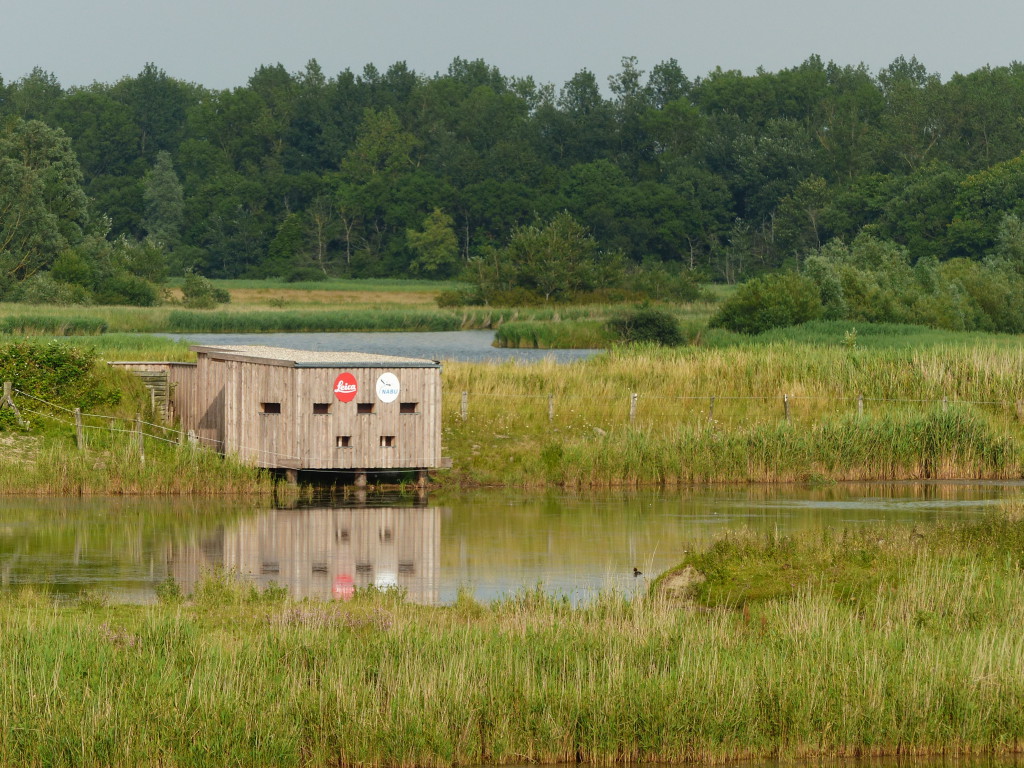
All in all, a very successful journey. With less sleep, but excellent impressions concerning Leica products, the Leica market consciousness and the bird life at the North Sea. Over the next few days my colleague will write a bit more about our observations.

